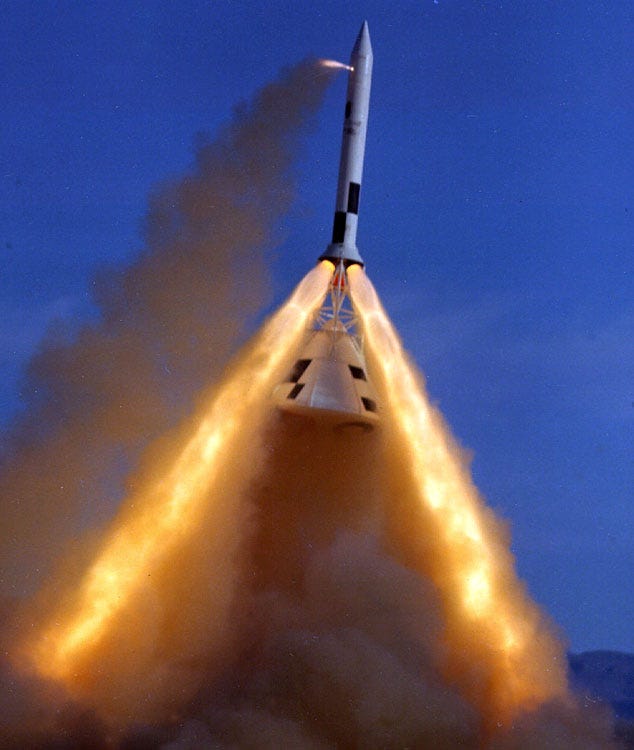Retro Rockets: The Power of Slowing Down in Space
The Art of Slowing Down
When we think about rockets, we imagine them blasting off, reaching high speeds, and escaping Earth's gravity. But what about slowing down? That’s where retro rockets come in. These are special rockets designed to produce thrust in the opposite direction of motion, helping spacecraft slow down, land safely, or change course in space.
What Are Retro Rockets?
Retro rockets (short for "retrorockets") are small rocket engines that fire in the opposite direction of a spacecraft’s movement. Instead of speeding things up, they decelerate, stabilize, or adjust trajectory. They can be built into the main vehicle or exist as separate thrusters.
Applications of Retro Rockets
1. Falcon 9 Landing
SpaceX’s Falcon 9 uses retro rockets in its first stage booster landing system. After stage separation, the booster falls back to Earth. It uses grid fins for control, but retro rockets fire at key moments to slow it down, making a soft, controlled landing on a drone ship or launch pad. This makes Falcon 9 reusable, saving millions in launch costs.
2. Space Maneuvers & Orbital Adjustments
In space, there’s no air resistance. So to slow down or change direction, spacecraft rely on retro rockets. Space stations, satellites, and interplanetary probes fire retro thrusters to adjust their orbits or correct their paths.
3. Re-entry & Atmospheric Braking
When spacecraft re-enter Earth’s atmosphere, they’re moving at thousands of kilometers per hour. Retro rockets slow them down before they hit the thick air, reducing heat buildup and ensuring a safe descent. The Apollo Command Module used retro rockets before parachute deployment to make re-entry safer.
4. Satellite Deorbiting
Satellites don’t last forever. Once they reach the end of their mission, they need a controlled way to fall back to Earth (or move into a graveyard orbit). Retro rockets fire in the opposite direction to lower their altitude, causing them to re-enter and burn up safely.
5. Emergency Escape Systems
Spacecraft carrying humans, like the Soyuz capsule and Crew Dragon, have launch escape systems powered by retro rockets. If something goes wrong during launch, these rockets fire instantly, pulling astronauts away from the danger zone. This system has saved lives in real emergencies!
6. Stage Separation
Many rockets have multiple stages, each with its own engines and fuel. When a stage runs out of fuel, retro rockets fire to push it away, preventing collisions with the next stage. This ensures clean separation and smooth ignition of the next stage’s engine.
Examples of Retro Rocket Use in Space Missions
Apollo Missions: Used for re-entry speed control and lunar lander separation.
Soyuz Capsules: Retro rockets fire before landing to soften impact.
Space Shuttle: Small retro thrusters adjusted its position in orbit.
Mars Landers (Curiosity, Perseverance): Used "sky crane" retro rockets for controlled descent.
Dragon Capsule: Uses Draco thrusters for orbital maneuvers and re-entry burns.
Why Retro Rockets Matter
Without retro rockets, space travel would be dangerous and inefficient. They help land rockets for reuse, adjust orbits, prevent space debris, and protect astronauts in emergencies. These small but powerful engines play a huge role in modern rocketry!
As spaceflight advances, retro propulsion will keep evolving. From landing humans on Mars to slowing down interstellar probes, retro rockets will continue to shape the future of space exploration. 🚀






